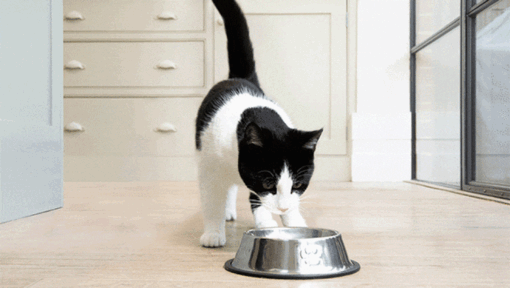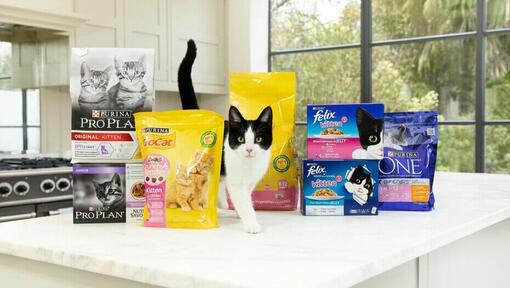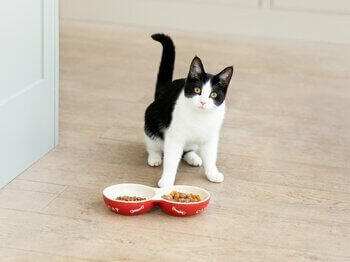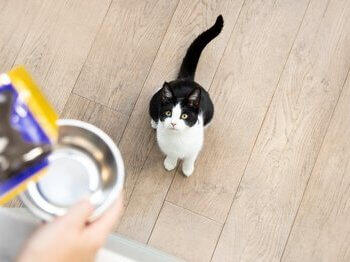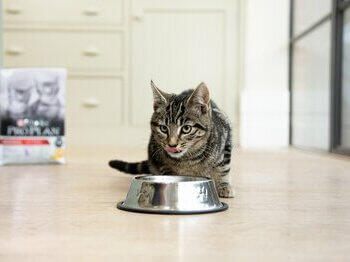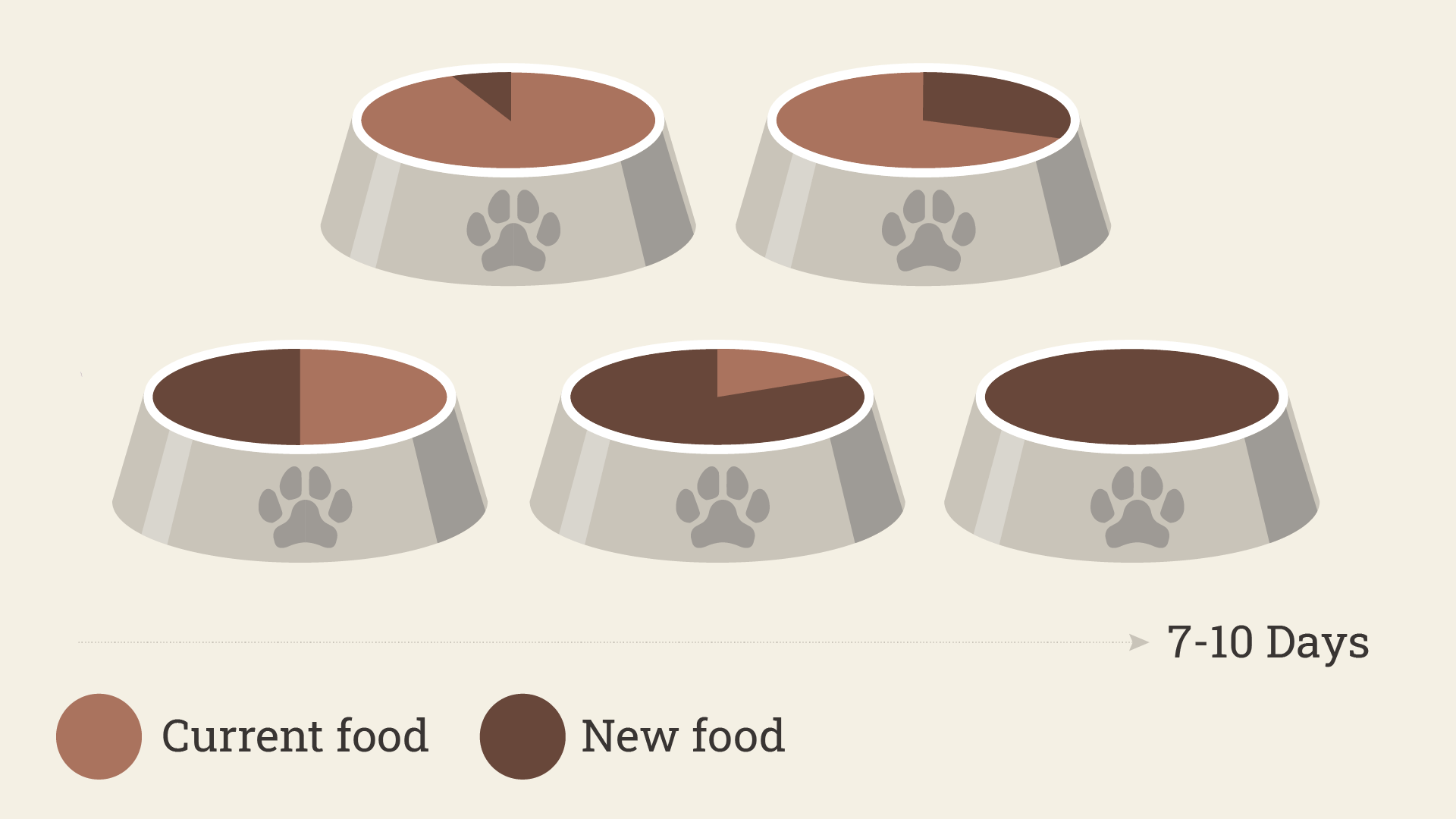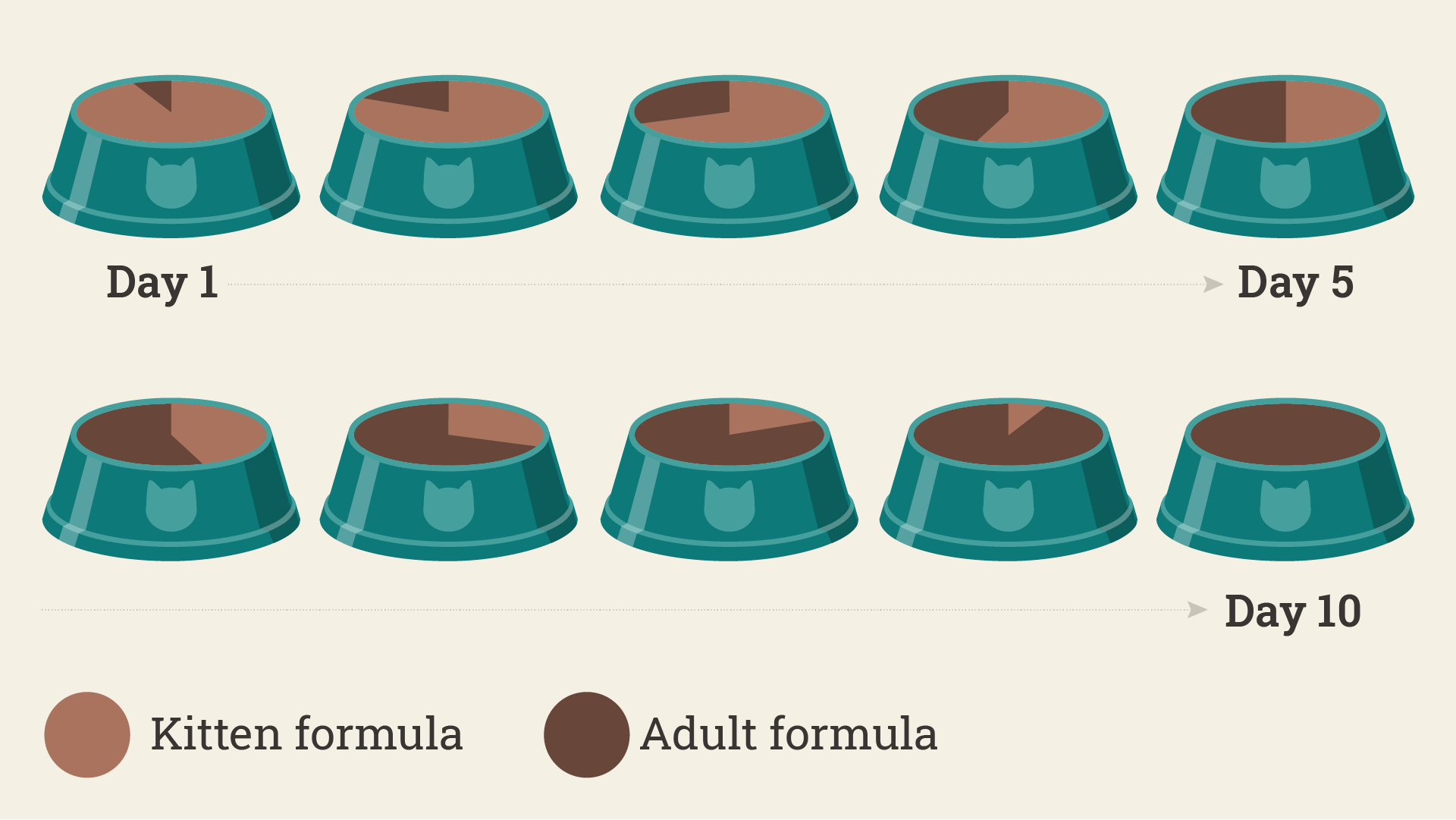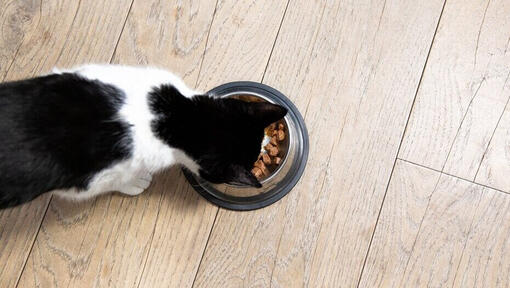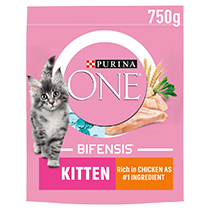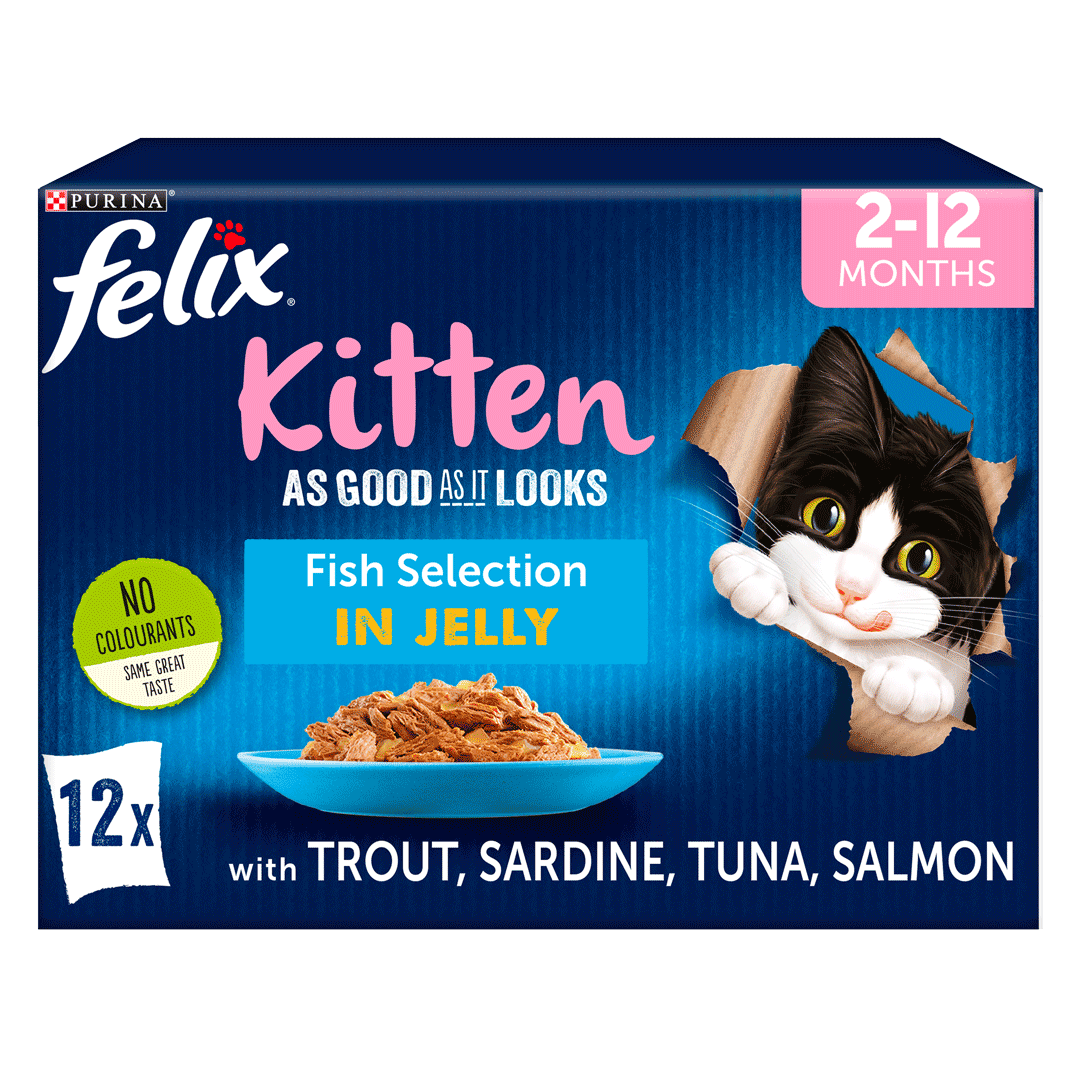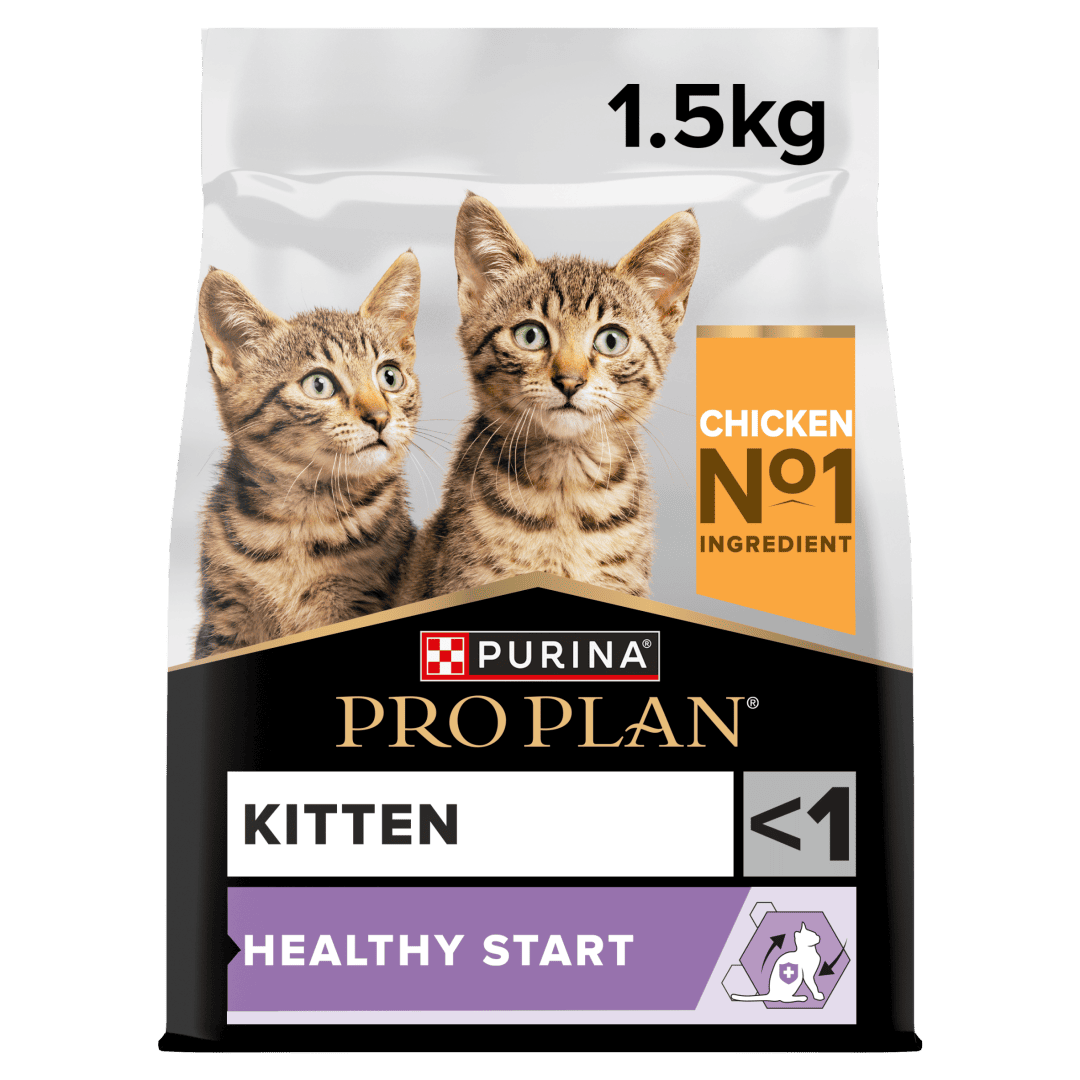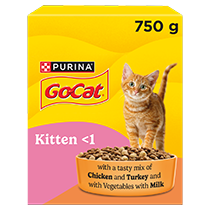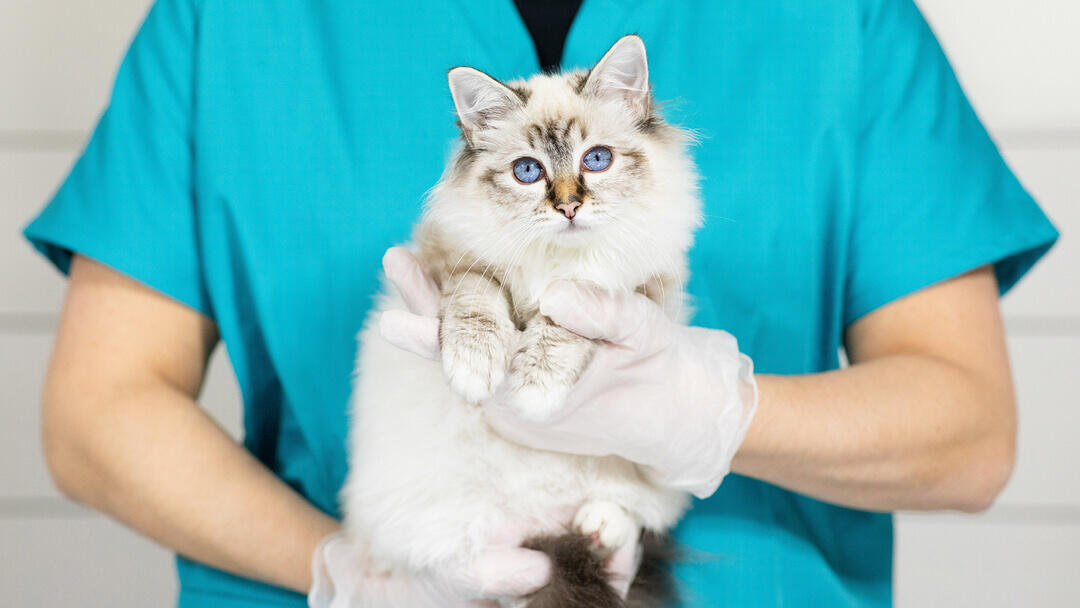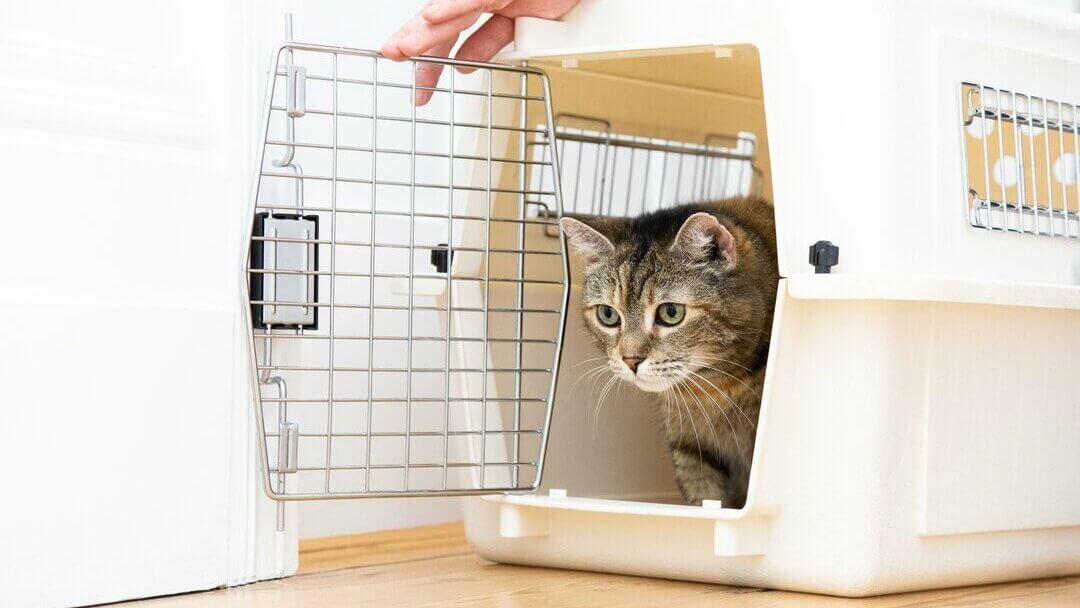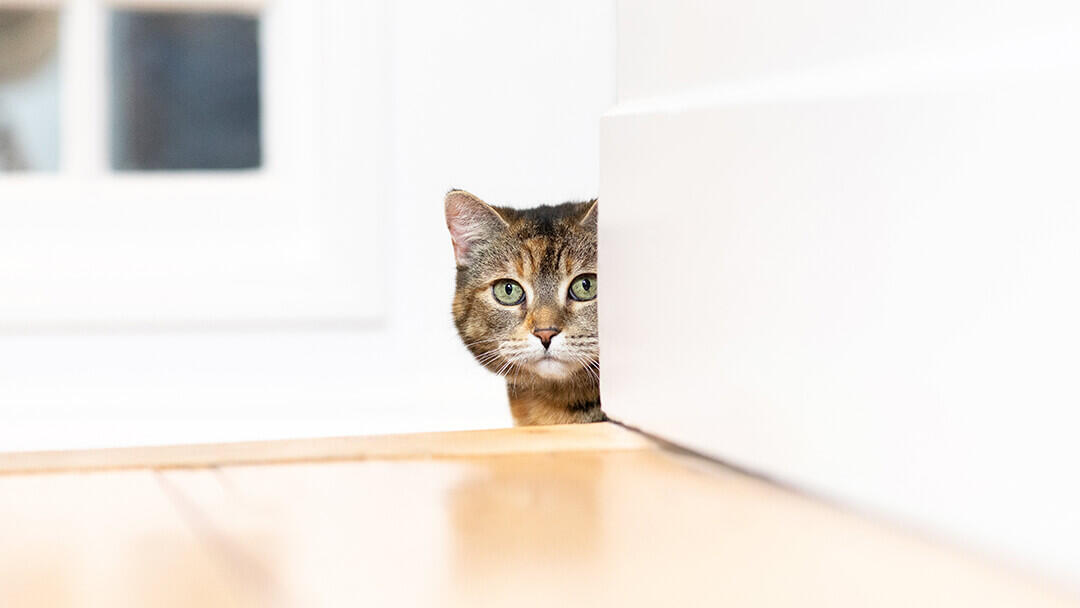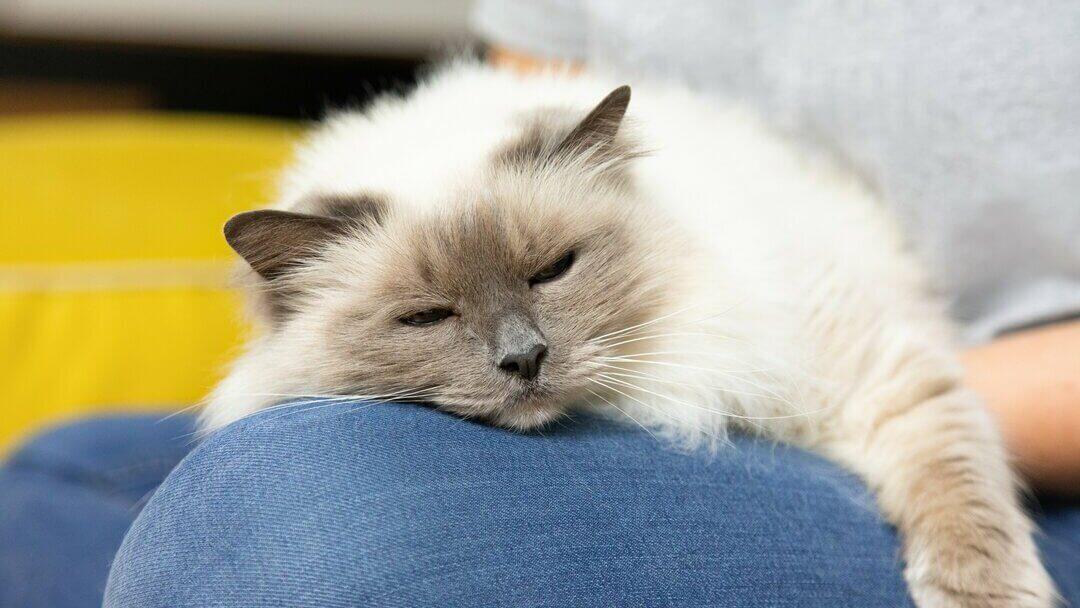

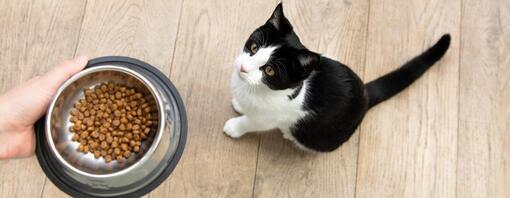
So you’ve welcomed a new bundle of fur to your family – congratulations! Now that you’ve settled the new arrival into your home, you’ll be wondering how you can help them grow up healthy and strong.
They might be tiny now, but they’re going to grow – and quickly! Within six months, they’ll have reached 75% of their adult body mass, which is why feeding them a nutritionally-rich kitten food now is so important, along with knowing how much and how to feed them.
To help them during this important time, the Purina Pet Care Team have some helpful tips to help you choose the best kitten food.
What Should Kittens Eat?
A balanced diet is crucial for your kitten's health and development. While kitten food is specifically formulated to meet their nutritional needs, you may wonder about offering additional treats or human food. You can find out more about what human foods cat can eat in this article.
What Your Kitten Can Eat
- Kitten Food: The primary food source, providing essential nutrients.
- Treats: Small, occasional treats like catnip or specially formulated cat treats.
- Cooked Chicken or Fish: Small amounts of cooked, boneless, and skinless chicken or fish can be offered as occasional treats.
It might seem like there’s a huge amount of choice out there even for tiny kittens, but the good news is that whatever your cat’s lifestyle, breed or condition, there’s a kitten food that’s right for them.
The best food for kittens is one that's been formulated specifically for their age. Kitten food is specially formulated with very high levels of protein, which is essential for proper growth, as well as higher levels of calcium, magnesium, phosphorous, zinc and iron to help build strong bones and teeth. Kitten food also contains more vitamin C and vitamin E, which help support kittens' immune systems.
If your kitten has come from a breeder or a rehoming organisation, find out what food they have been eating up until now as continuing that will help them settle in and prevent stomach upsets.
Ultimately, unless influenced by a medical condition, deciding whether to give your kitten dry or wet kitten food, or a mixture of both, is completely up to you (and your new furry friend, of course)!
Dry Kitten Food
Dry kitten food offers a convenient and balanced meal option for your feline friend. It's formulated to provide essential nutrients for optimal growth and development.
Benefits of Dry Kitten Food
- Dry complete kitten diets are easy to measure and use.
- They have a longer shelf-life once opened than wet foods.
- They also help to keep your kitten’s teeth healthy. You can expect your kitten to chew dry food more actively, and it can help remove plaque from the teeth of older kittens.
- Smaller kibbles in most dry kitten food are easy for kittens to chew and swallow.
- You can give your kitten exactly the amount that they need.
Wet Kitten Food
Wet kitten food offers a delicious and hydrating meal option that many kittens find irresistible. It's often preferred by picky eaters and can be a great way to entice your kitten to eat.
Benefits of Wet Kitten Food
- Some kittens simply prefer wet food's smell and texture, as it smells stronger and is softer than dry food.
- Wet food can still be very convenient with single-serve pouches and trays giving your kitten a fresh, easy-to-serve meal each time.
- Your kitten will have an increased water intake.
What Your Kitten Can't Eat:
- Chocolate: Toxic to cats.
- Alcohol: Harmful and can lead to intoxication.
- Onion and Garlic: Can damage red blood cells.
- Dairy Products: Can cause digestive upset.
- Raw Meat or Fish: Risk of bacterial infection.
- Bones: Can cause choking or internal injuries.
- Grapes and Raisins: Can lead to kidney failure.
- Caffeine: Can cause heart problems and seizures.
How to feed kittens
Cats are creatures of habit, so getting into a regular routine as soon as possible is best for both you and your kitten. Feed your kitten in the same place and at the same times each day, in a quiet area where they can eat in peace. Always feed your kitten well away from their litter tray.
Choose a surface that can be easily cleaned, or use a kitten feeding mat, and always use a clean bowl, as cats are very particular and will not definitely not appreciate a dirty bowl. Some kittens may prefer to eat from a flat bowl or saucer – this can also help slow down fast eaters! Take time to discover your own kitten’s preferences.
If you have more than one kitten or have other cats, make sure their feeding bowls are a reasonable distance apart (and ideally at different heights) to avoid any confrontation. To start with feed your new kitten in a totally separate area from other cats until they all get used to each other and are able (hopefully!) to eat in the same room albeit well apart.
- Try to serve wet food (cans/tubs/pouches) at room temperature, as it smells more attractive and is easier to digest. This means taking it out of the fridge an hour or so before feeding. If you forget, it’s OK to use the microwave for a few seconds but then let it sit for a few minutes and be sure that the food is never hot.
- Wet food goes stale very quickly so avoid leaving it out. Once opened, don’t store wet food for longer than 24 hours, even in the fridge.
- Dry food, on the other hand, can be left out during the day without spoiling. Store it in a clean, dry environment, ideally in an airtight container or a resealable box, to keep it tasty and maintain its aromas.
Your kittens might be growing fast, and they may also seem to have a huge appetite – but their eyes can be bigger than their tiny bellies! Here are some tips to help you work out how much to feed your kitten.
- Four small meals a day is ideal after your kittens are weaned. If your lifestyle means you’re not able to feed them four times a day, feed them three times but leave out some dry kitten food as a snack. Ideally in this case, give them dry food only – this means you don’t have to worry about it being out all day, as it doesn’t go stale.
- As they get older, reduce their meals to three times a day. By six months, you can be feeding a kitten two meals a day. Remember, cats are adapted to eat little and often – so unlike dogs, they definitely need to be fed more than once a day!
- Always read the feeding instructions on the pack of kitten food, although remember they’re just there as a starting point. You can check with the Purina Pet Care Team if you’re unsure how much to give them. The most important thing is that your kitten maintains a lean, healthy body condition. You can use our Body conditioning tool to monitor your kitten’s condition, but always check with your vet if you think your kitten might be underweight or overweight.
Complete ‘main meal’ diets are designed so you don’t need any supplements to give your kitten all the nutrients they need. Some foods, like treats, snacks and some purely meat/fish-based foods (‘complementary’ foods) aren’t nutritionally balanced on their own. If you’re feeding kittens complementary foods, make sure they’re also getting a balanced diet. Ask your vet or vet nurse for advice if you are unsure.
Giving your kitten treats is fantastic for building a bond between you, but as kittens are still growing there are a few things to be aware of:
Table scraps aren’t always good for your kitten. Human food tends to be rich and high in calories, but low in the nutrients kittens need. In fact, some of it can be harmful to kittens or cats or upset their stomachs.
Most cat treats are not designed with kittens in mind and can be very high in calories. Their large size can also cause choking.
It’s best to save giving your kitten treats until they are a bit older, and even then be careful that the treats are kitten-friendly. When they’re old enough to enjoy treats and snacks, they should make up no more than 10-15% of their daily calorie needs, and you should reduce their main meal by an equal amount.
If your kitten turns their nose up at their food, you’re not alone! Many cats have favourite textures and flavours, and can go off their food if anything changes. Most cat owners also well know that what your cat likes one week, might not be what they like the next!
If your cat suddenly goes off their food or refuses to eat however, make an appointment with your vet as it could be a sign of an underlying problem.
You can encourage a reluctant kitten to eat by:
- Switch feeding time until after the rest of the household has eaten and then feed them in a quiet area away from noise and stress.
- You can also try changing from dry to wet food, or use a different flavour.
- Make sure their bowl is clean – old food can be off-putting for cats and kittens. Try using a flat bowl or saucer.
- Dry food absorbs moisture and becomes stale very quickly, especially in warm weather – try replacing your supply if they usually eat dry food.
- Serve wet food at room temperature, as it smells more attractive. If you are taking the food out of a fridge, microwave it for a few seconds (or dunk the unopened pouch in warm water) until it’s warm (never hot) to the touch.
- Cats who roam outside can catch an unscheduled snack or two – they may just not be hungry. This is especially true in hot summer weather.
Making sure your cat stays hydrated is just as important as feeding them the right kitten food – this is especially true if you’re feeding kittens dry food.
- Make sure your kitten has access to clean fresh water at all times but avoid putting their food and drinking water too close together, and make sure both food and water are well away from their litter tray.
- Make sure the bowl you use is low enough for small kittens to comfortably drink from! A ceramic bowl is often best – some kittens dislike the reflections when drinking from metallic bowls and plastic bowls are difficult to keep clean and absorb odours..
- If your kitten seems a bit put off their water, try a bigger bowl as some kittens really don’t like their whiskers touching the sides! You can even splash out on a cat fountain as some kittens like moving water.
- Kittens don’t need milk after weaning, so don’t use milk as a water substitute. You should also not give kittens cow’s milk as they don’t have the enzyme to be able to digest it. Even specially-formulated ‘kitten milk’ should be treated as a food or treat, not a drink – if you do give them specially formulated milk, make sure it’s designed for kitten’s delicate stomachs.
Changing kitten food
Your kitten’s digestive system can be very sensitive – so it’s best to avoid changing their food unless absolutely necessary to avoid upset stomachs. To keep your new arrival happy and healthy, it’s best to stick with the food that the breeder or rescue centre was feeding them, unless of course it wasn’t nutritionally balanced. If your kitten becomes unwell, suddenly refuses food or starts to eat less, consult your vet.
If your vet suggests that you should change your kitten’s food, you will need to make sure it’s done gradually to avoid upsetting your kitten’s delicate digestion. Try these steps:
- Offer your kitten both the new and old foods separately to let them try each.
- Once they’ve tasted it, mix a little of the new food in with their old food.
- Over the course of 7-10 days, increase the proportions until you’re feeding them only new food.
Take it slowly – in some cases the change could take longer.
- If your kitten’s diet needs to be changed for health reasons, you should consult your vet on the best way and time to make the changes to their diet.
If you’re switching from a wet to a dry food, remember that your kitten is going to chew more actively, need more water and might make repeat visits to their bowl rather than eating in one sitting.
Dry foods give your kitten more energy than wet foods, so you may need to give your kitten more wet food to get the same amount of calories. Whatever the age of your cat, you should make sure they have enough fresh water at all times.
When to start feeding a kitten adult food
Kittens might look grown up by six to eight months, but they’re still kittens on the inside! Their bones are still growing stronger, and their bodies will keep filling out.
Keep feeding them their nutritious kitten food until they’re about 12 months old, when they can make the switch to adult food. Take a look at our guide to feeding an adult cat for more information.
Purina's food for kittens
Purina produces many of the UK's leading dry and wet cat foods.
Each is the result of the very latest scientific advances in quality, taste and nutrition, designed to give you, and your pet, an outstanding choice of recipes and formats, for every life stage and lifestyle.
Find out more about Purina brands.
Each is the result of the very latest scientific advances in quality, taste and nutrition, designed to give you, and your pet, an outstanding choice of recipes and formats, for every life stage and lifestyle.
Find out more about Purina brands.



